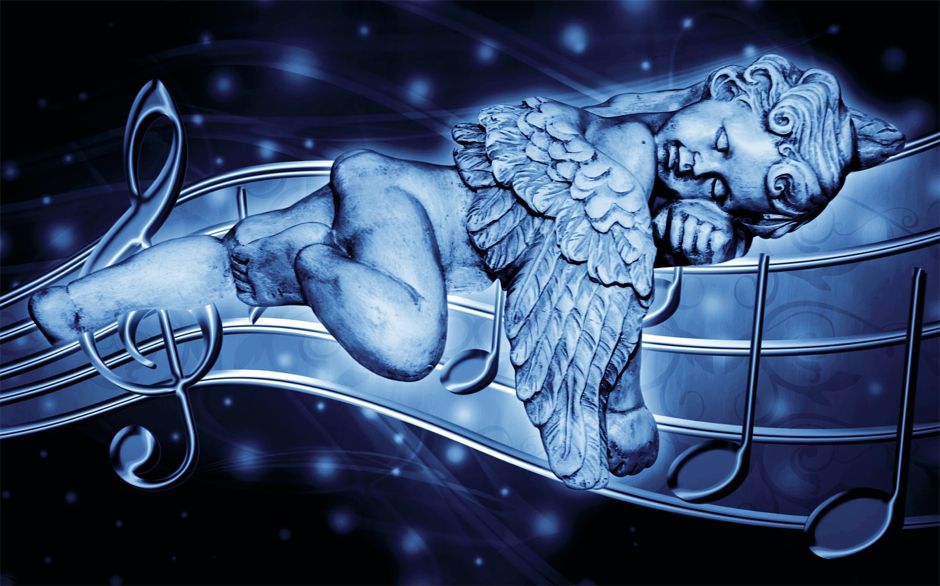What’s your edge?
If you need to solve a problem or pique your creativity for a project, what do you turn to? Either you seek the insight from a conscious state (your wakeful day), or you look for the answer at night in your sleep through dreams. Both are good sources of inspiration. But I’ve found that the states between full wakefulness and sleep are rich sources for out-of-the-box inspiration, whatever your goal might be.
This is not a new concept. Many creative over-achievers, lauded by history to have extraordinary talent, have tapped into these two states for their genius. These states are called hypnagogia (the period you experience as you begin to fall asleep) and hypnopompia (the period you experience as you come from sleep into full wakefulness). Each of these produce dreamlike hallucinations, or dreamlets.
These dreamlets produce visual and sensory phenomena like your sleeping dreams. They tend to be shorter and (unless you are skilled at lucid dreaming) more easily manipulated. I’ve used dreamlets many times.
In my personal experience:
- I have posed questions whose answers were obstinately elusive and received clear direction;
- Obtained insight into people and relationships;
- Gained wisdom into personal aspects of myself;
- Acquired topic ideas, whole content structures, and actual wording to my writings;
- Sensed calming feelings I had only previously experienced during meditation; and,
- Intuited a path to the future.
You, too, can use this resource. Be sure that you provide ample time to linger in your in-between state. Also, keep a pen and paper nearby. Either go to bed early or set an alarm earlier than you need to rise. Allow your mind to slip into the state between sleep and wakefulness. If you have something specific you want to know, spend the day before reminding yourself that you want an answer to your issue. Record the images and insights you get.
One of Salvador Dali’s favorite methods of attaining the hypnagogic state was to sit comfortably holding a spoon over a tin plate. As he totally relaxed his body, he would begin to fall asleep and enter the hypnagogic state. As he did, his hands relaxed, and the spoon fell from them. As the spoon hit the plate, it made a noise that aroused him from the state. He would immediately capture the images and other phenomena from his dreamlet.
At first, what you gather from your dreamlet may not make sense to you. Write it down anyway. Clarification may take a while to come, but it will. As you become more experienced and more comfortable with trusting your subconscious, the answers you seek will show themselves.
When looking for answers to life’s complicated problems, don’t ignore the edge you’ll find between sleep and wakefulness.
Copyright 2021, Monica Nelson


